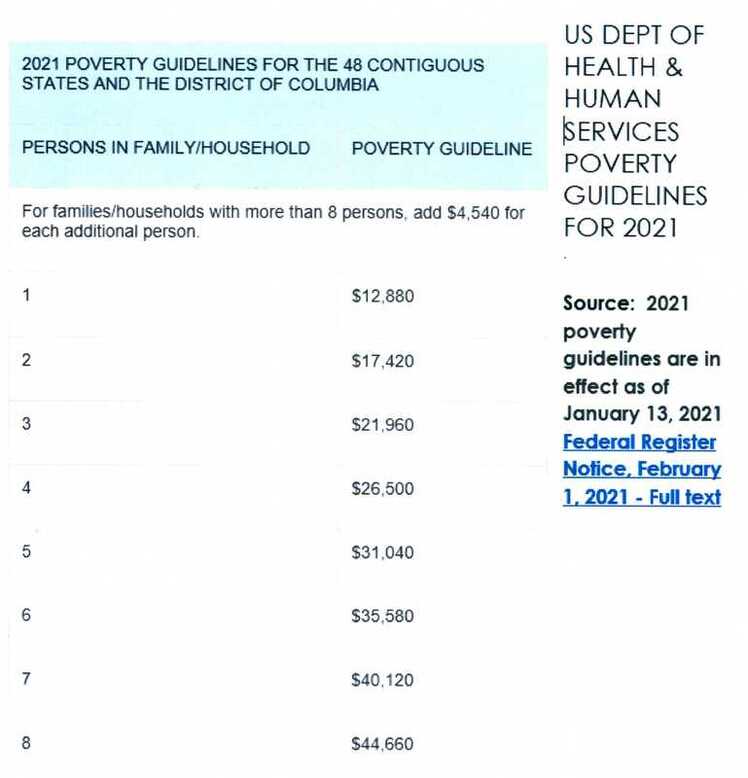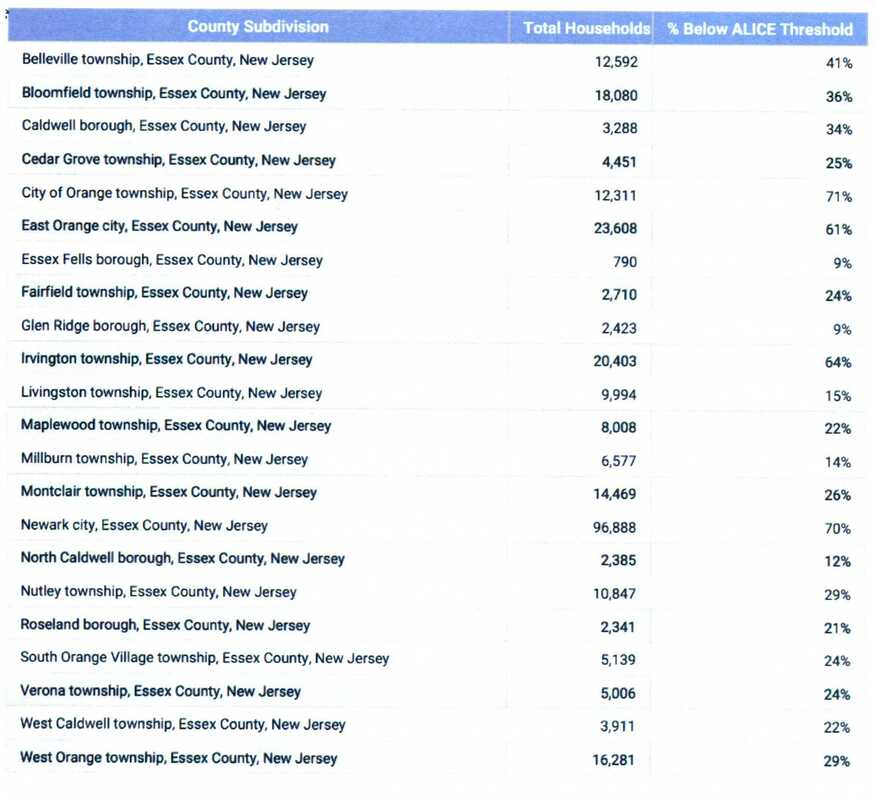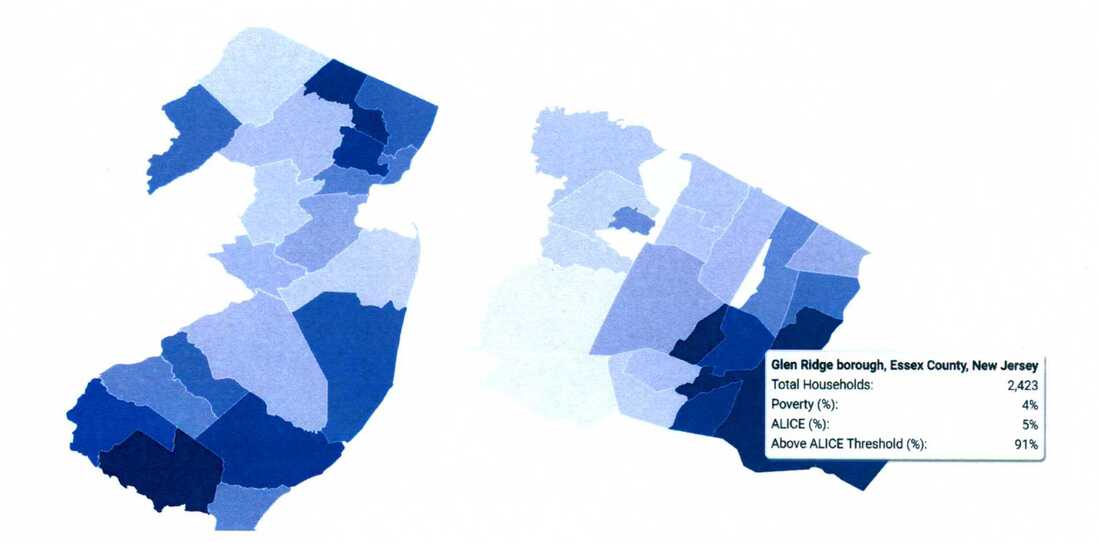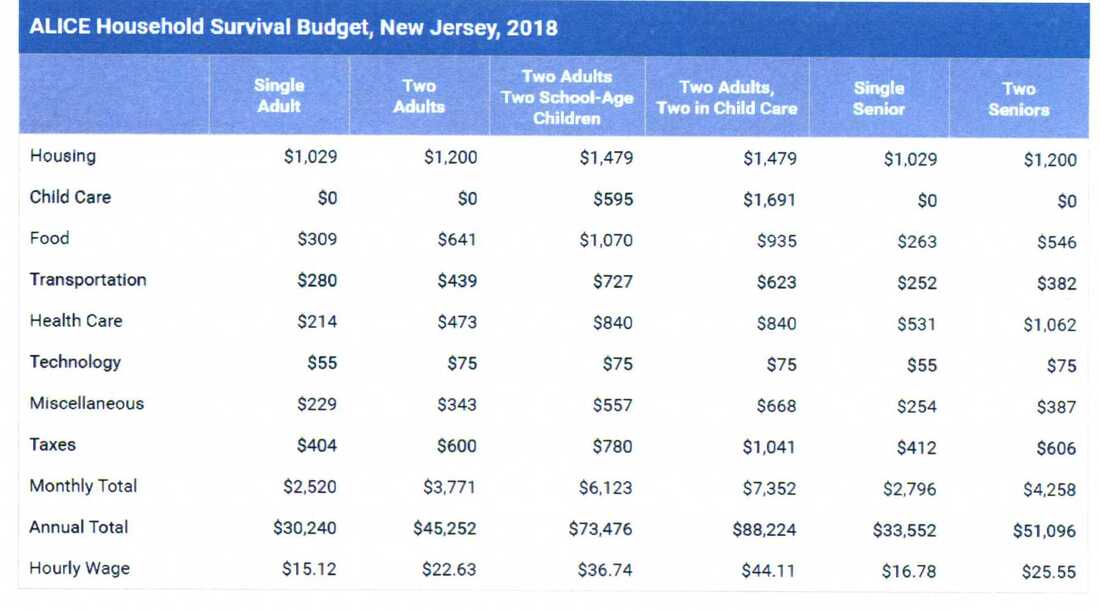|
I often hear on the news, more so during these pandemic days, this phrase, “the number or percentage of individuals and families in the US living at or below the poverty level”. It got me thinking. What constitutes poverty in America? Here’s what I discovered: President Johnson announced an “unconditional war on poverty” in his first State of the Union address in January 1964. He considered the depth and extent of poverty in the country (nearly 20 percent of Americans) to be a national disgrace that merited a national response. Since then there have been numerous efforts to improve the official poverty measure. Currently, there are three different versions of federal poverty measures: poverty thresholds, poverty guidelines (official U.S. poverty measure OPM) and beginning in 2010, Supplemental Poverty Measure (SPM). Poverty thresholds are issued by the Census Bureau. They are used for statistically calculating the number of people in poverty without any geographic variation. Poverty guidelines, sometimes loosely referred to as the “federal poverty level” (FPL) are issued by Dept. of Health & Human Service and are administrative figures used to determine financial eligibility for certain federal programs. Guidelines vary by family size. And there is one set of figures for the 48 contiguous states and D.C (below).; another set for Alaska; and one for Hawaii.  The Supplemental Poverty Measure or SPM was introduced by the Census Bureau in 2010 to provide an alternative view of poverty in the United States that better reflects life in the 21st century, including contemporary social and economic realities and government policy. As its name suggests, the SPM supplements but does not replace the official poverty measure (OPM), which remains the nation’s source for official poverty statistics and for determining means-tested program eligibility. Another poverty measurement tool which has gained traction is a United Way project, the ALICE Report. ALICE is an acronym for Asset Limited, Income Constrained and Employed. ALICE households earn more than the Federal Poverty Level (FPL), but less than they need to afford a basic survival budget. The ALICE threshold represents the minimum income level necessary for survival for a household. Derived from the House Survival Budget, the ALICE threshold is rounded to American Community Survey www.census.gov/programs-surveys/acs/programs-surveys/acs income category and adjusted for household size and composition for each NJ county. Essex County, New Jersey, 2018 (below): Sources: ALICE Threshold, 2007-2018; American Community Survey, 2007-2018 Source: ALICE Threshold, 2018; American Community Survey, 2018 The Household Survival Budget (see below) reflects the bare minimum cost to live and work in the modern economy and includes housing, child care, food, transportation, health care, technology (a smartphone plan), and taxes. It does not include savings for emergencies or future goals like college or retirement. In 2018, household costs were well above the Federal Poverty Level of $12,490 for a single adult and $25,750 for a family of four. Based on the overwhelming success of ALICE research in identifying and articulating the needs of vulnerable populations, this work has grown from a pilot in Morris County, New Jersey to 21 states and more than 648 United Ways. There isn’t one single figure which defines poverty. There are multiple guidelines designated by various agencies in the U.S. – federal, state, local and non-profits. Some programs call for a multiple of the federal poverty level (FPL); other it’s just the amounts determined by particular agency. Geography matters. Cost of living ranges in different parts of America. There are poverty guidelines, thresholds and weighted averages. Definition of income varies: net income for some programs; gross income for others. What strikes me is how exacting and complicated it is to calculate poverty in America. And how much effort and research are invested in defining and calculating it. Yet, what intrigued me more is when I discovered in the FAQs section of U.S. Department of Health & Human Services (HHS), Office of the Assistant Secretary for Planning (ASPE) website, that the federal government does NOT have official definitions for such terms as “middle class”, “middle income”, “rich”. Go figure. SOURCES: US Dept. of Health & Human Services Office of the Assistant Secretary for Planning & Evaluation https://aspe.hhs.gov/poverty-guidelines United for A.L.I.C.E. https://www.unitedforalice.org/ 2020 ALICE Report for NJ https://docs.unitedwaynnj.org/main/2020ALICEReport_NJ_12_3_2020.pdf United Way of Northern NJ https://www.unitedwaynnj.org is an acronym for Asset Limited, Income Constrained, Employed, f Institute for Research on Poverty at the University of Wisconsin - Madison https://www.irp.wisc.edu/resources/how-is-poverty-measured/ Books about & related to poverty and income in our collection:       “This is all I got: a new mother’s search for home” by Lauren Sandler. New York: Random House, 2020.
0 Comments
Your comment will be posted after it is approved.
Leave a Reply. |
Curiosity Corner writer & contributor:Helen Beckert, Reference Librarian at the Glen Ridge Public Library Archives
June 2023
Categories |
|
Glen Ridge Public Library
240 Ridgewood Avenue Glen Ridge, NJ 07028 Phone: 973-748-5482 Email: [email protected] © 2024 Glen Ridge Public Library Site last updated July 15, 2024 |
LIBRARY HOURS Monday 9 am - 8 pm Tuesday 9 am - 8 pm Wednesday 9 am - 8 pm Thursday 9 am - 5 pm Friday 9 am - 5 pm Saturday 9 am - 5 pm Sunday CLOSED |




 RSS Feed
RSS Feed
